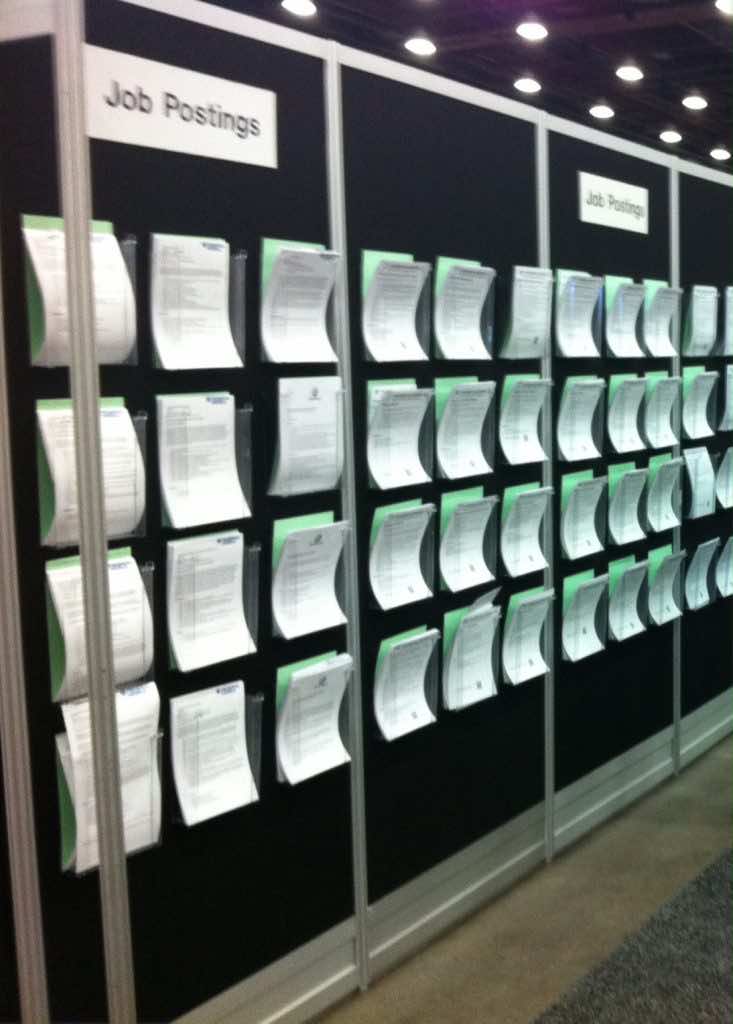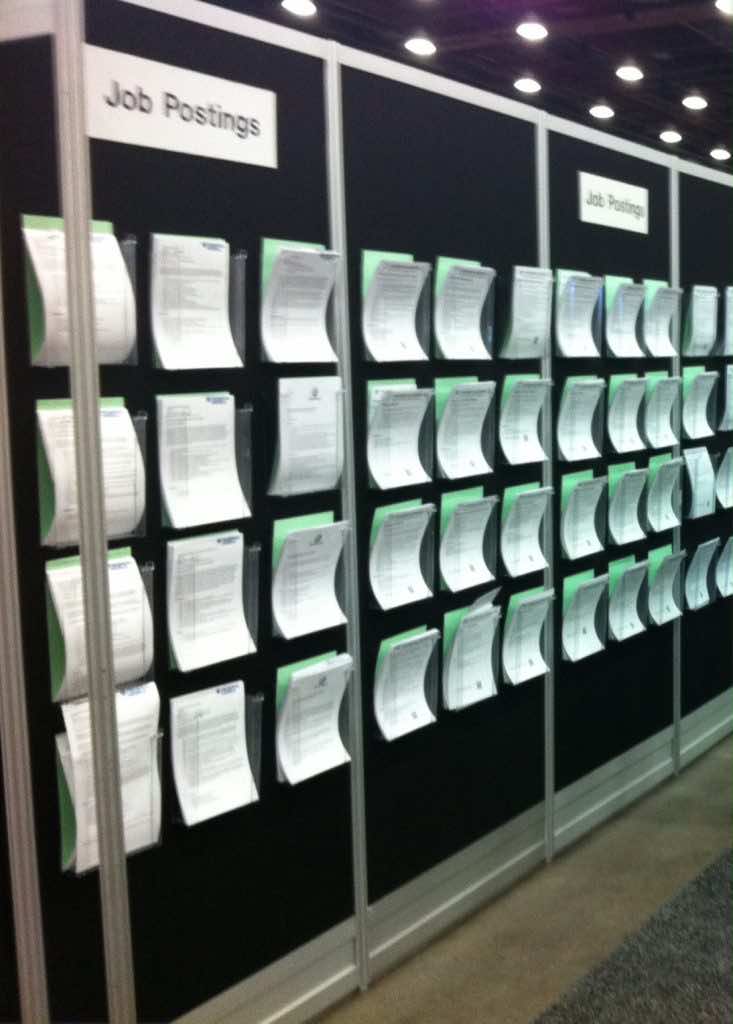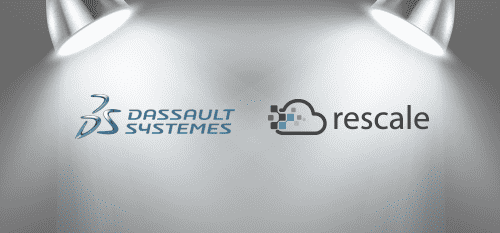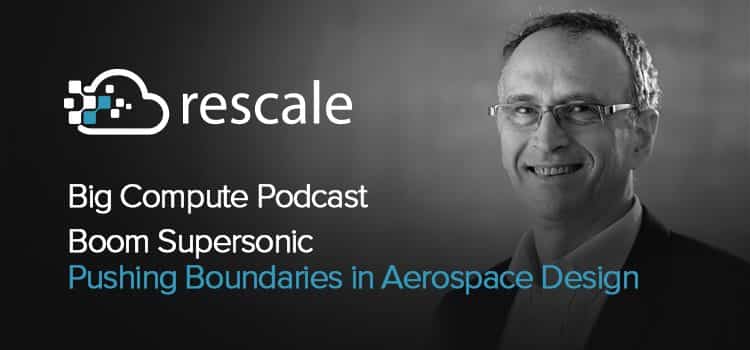Impressions from SAE Congress Meeting in Detroit
If you’re like me, you’ve attended innumerable trade conferences in your career. This ancient history includes all the Web 1.0 events including Networld/Interop, Supercomputing, LinuxWorld, Cisco Partner Summit, IBM PartnerWorld and more recently, a number of software vendor sponsored automotive user conferences.
This past week I was fortunate to meet with many software developers and customers at the SAE 2014 World Congress in Detroit–attended by more than 9,500 automobile industry engineers and suppliers. The technical sessions at SAE are robust in number and deep in subject. Outside the sessions–on the exhibition floor itself–is where I made my notes and experienced a very strong sense that Silicon Valley and Motown are connected more closely than ever–in significant ways if you “raise the hood” and share chatter with industry colleagues.
Here are my takeaways from SAE last week:
1) Not business as usual. There is nothing unusual about noting the large section of technical computing independent software vendors (ISV) front and center on the show floor.Strolling the show floor or an online visit to sae.org/congress will expose the applications and global companies whose solvers are most commonly used in automotive design. When the topic of cloud-based simulation comes up with sales and engineering managers, there is almost universal understanding and excitement about what immediate convergence time and performance benefits can be derived from applications used today. In a business where performance metrics mean success or failure in the crash-test environment, time is of the essence. Engineers universally understand the frustrations of inadequate local resources in a deadline-driven IT environment and the elegance of bursting on demand to secure HPC-class resources and storage. In conversations with engineers from tooling, drivetrain, chassis, body design, audio engineering, safety and thermal analysis, it was quickly evident that there is a proliferation of engineering environments where basic computing resources are insufficient. Whether a function of local departmental IT budgets or competing utilization of internal cluster scheduling, on-demand cloud-based simulation is being viewed as a natural evolution in automotive design.
2) Get ready, Detroit. I have seen the future of American automotive engineering. A bold statement–but it was right there before my eyes.
All those fresh young faces from Ann Arbor, Lansing, and Houghton coming to SAE with their ME, EE and Computer Science degrees are not necessarily hopping the first flight to San Jose to go to work for the traditional Silicon Valley bellwether companies – or even the large number of venture-backed startups that populate San Francisco. They come from families steeped in the traditions of American auto manufacturing, and unlike years past, at SAE they find a job market in an explosive phase. In addition to special attendee rates, upon arrival they find mentoring and career planning sessions, and a remarkable number of booths staffed – not by salesmen hawking their wares – but HR managers and hiring managers ready to grab top talent. There are career websites to be sure – but at SAE the physical racks with job prospectus packets stretched over 40 feet down an entire aisle. A gentleman with two tall, 20-something well-groomed young men stood at the end of the row. He was starting to gather material and agreed that this abundance of professional opportunity was a harbinger of a rebounding auto economy – something Detroit has desperately needed for so long. What is most refreshing is the programmatic mentoring and professional counseling the automotive community is offering the new engineering generation. Their fresh ideas are being sought out in the labs and boardrooms of companies whose hiring was frozen during recent years of economic downturn. The staid boardrooms of Motown are in evolution.
3) Why is this important? Young engineers coming out of undergraduate or post-graduate engineering studies are not the first generation of computer or data center literate engineers. They are, however, the first of a generation exposed to the informational and organizational power of social networking, Google Apps, and immediately available information. This has brought about a literacy with the enormous potential of producing more accurate results obtained from computing power that matches the complexity of their algorithms. Today, ISV’s are engineering their solvers revisions[IG1] to harness the enormous potential of cloud-based simulation. Increased design complexity and the industry’s competitive need to innovate, means automotive simulation modeling in the cloud offers ISV’s a net-new licensing revenue stream.
Conclusion: the intersection of new engineering talent, a robust job market, ubiquitous on-demand HPC power, and applications “born to run” are creating a perfect storm that can only be observed as a trend-all highly visible at SAE.
4) Lastly, automotive engineering is poised to explode in cloud simulation. Why? This key vertical market consumes a broad variety of compute-intensive applications from the front to rear bumper. Material composition, aerodynamics, electrical systems, engine and fuel efficiency, hybrid and electrical powertrain research, driver safety, interactive display and information systems, and comfort–all these complex calculations benefit from the availability of immediate compute, memory, and storage resources. Coincidentally, significant investment is being made by globally-adopted technical software developers–many of whom are either in full engagement with their cloud strategies or are launching in the near term. Global consultancies and engineering firms can now confidently engage with customers with cloud simulation options.
Automotive energy research and cloud-based simulation are a marriage made in heaven. Rapid advances in electric, hybrid and natural gas research will be a direct result of cloud-based compute power under the reins of the new generation of engineers. On-demand simulation in the cloud offers Detroit and the global auto industry a dynamic resource, available today, that is already fundamentally changing the automotive product landscape. My conversations at SAE validated that cloud-based simulation is a key part of the calculation for a growing, energetic ecosystem of engineers, developers, and their channels.









